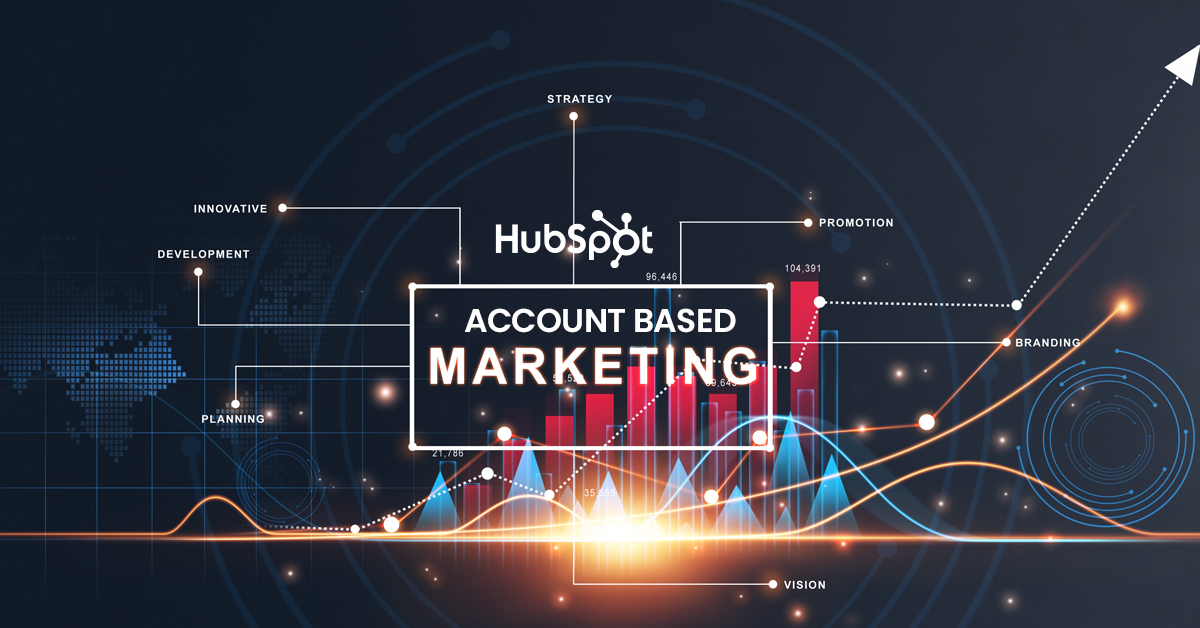-
MarTech Services
- HubSpot
- OneSignal
HubSpot
Technical Consulting
Partner with experts who understand your HubSpot systems and business needs inside out.
Revenue Operations
Drive revenue growth with tailored RevOps strategies designed for HubSpot users.
Hubspot Integration Services
Seamlessly integrate HubSpot with your existing tools to enhance operational efficiency.
Sales Enablement
Boost your sales team’s efficiency with focused HubSpot Sales Enablement solutions.
CRM Data Migration
Effortlessly migrate your CRM data to HubSpot with precision and support.
Hubspot Onboarding
Efficiently onboard clients to HubSpot, ensuring a smooth transition and rapid platform adoption.
HubSpot Administration
Maximize your HubSpot investment with expert management and optimisation tailored for HubSpot clients.
Marketing Assets Development
Develop, deploy, and manage digital assets, ensuring a fresh and engaging presence.
-
Solutions
-
Website Services
Website Development
We bring together expertise, creativity, and measurable results, making us the go-to choice for HubSpot website creation.
Website Migration
Our approach to website migration goes beyond a technical transfer; we prioritize a user-centric experience.
Website Maintenance
Optimize your online presence with effective, growth-driven websites focusing on nurturing website visitors, creating and deploying content, and tracking progress with precision.
Website Audit
Is your website performing at its peak? Our CMS Consultants are here to help you find out with our comprehensive Website Audit service.
-
Resources
-
Company
Clients
We have worked with clients from various industries across the globe, making our journey diverse and exciting.
Team
We put decades of experience where our mouth is. So what you get is market-tested and tried, not theory. We believe in plain speak, which we believe works better than jargon.
Solutions Partner
BlueOshan is not just a partner; we are among the most experienced and adept in the HubSpot ecosystem.
- Contact Us
HubSpot Data helps identify clients more likely to buy

Venu Gopal Nair
January 2, 2021

The difference between lead generation as a strategy for driving sales and Account Based Marketing (ABM) comes down to one thing. Spend more time initially identifying who is more likely to buy. Then your focus becomes the ‘accounts’, instead of the broader market.
Before digital, this was much harder to do. Data on customers was sparse and unreliable, so you had to get innovative and creative to stand out and catch the attention of the companies being targeted. Qualifying the leads generated and determining if they were worth proceeding with required more diligence.
ABM tools can be used to drive awareness of your product or service targeted at companies who have a proven need for your product
However, look at it this way: If you have a clear idea of the companies that benefit the most from your product or service based on past sales data, you identify a pattern. You know which customers are drawn towards you and the ones who find your product essential. Spending time on them gets the best possible results instead of the broader market.
Keeping these characteristics in mind, identifying companies in the pool and then addressing them specifically gets you on to the radar and helps build relationships faster than chasing down every potential client.
Clearing a few myths about ABM
Even small and medium-sized companies can adopt an ABM approach. Size is not a constraint. When done well, it can be affordable in terms of client acquisition. It does not have to be powered by humans but can also be done with account data and machine learning. Account-based Marketing is perceived as addressing smaller client numbers—but that’s also not true because a sizeable number can be reached through automation.
And here’s one of the big ones – that ABM applies only to known clients but unknown ones who are well-qualified can be reached as well. That’s the advantage of using HubSpot data
The key to implementing ABM is identifying prospects at target companies, creating messaging relevant to them and understanding the intent
As mentioned earlier, the starting point is to look for other companies with the same characteristics as the ones who have already signed on. But one thing that is certainly true is that marketing and sales need to align internally for ABM to work. They cannot work on different sets of customers but pool their strengths. That’s when ABM begins to show its power.
When a company begins to see interest from prospects who visit the website or individuals searching for specific requirements, it is possible to target the company's buying committee with a series of well-directed ads.
The messages are relevant to the role they are playing. A CFO can receive a value-based message about the product, and an influencer can be targeted with the right references they can use internally and so on.
By reaching out to a larger group and tailoring the messages, the chances of getting attention from one of them with the right messaging increases the chance of conversion, whether it is a demo or a phone outreach.

Make use of additional HubSpot marketplace integrations
This is where apps like RollWorks can be used to advance the ABM approach within companies. They can help companies access buying committees with different automated emails and messages.
The important thing is that this has to be thought through initially. A company has to segment its messaging right at the beginning and not just have a universal message for the target customer.
They need to be broken down further, and each team member of a buying committee should receive a message that makes sense to their function.
By targeting similar companies in the same geographic area, depending on how the company wants to approach the market, the success a company in the same business has had while using the product gets attention. Not just because it competes but also because it solves a problem that similar companies face.
Another way to target unknown companies is to better understand their intent. Setting up programs based on intent from companies you already know helps identify companies that may previously not have been in your consideration set.
Clear-cut messaging for different intent topics is key
Once you have identified intent, it must be split among audiences the same way as you would target individual accounts. That’s where the creative challenge lies.
The other challenge is to look inward and see where existing customers see value and how they perceive the product or service you provide. This is the reverse of how companies normally prospect. They play up their product benefits or features and expect to receive attention.
ABM builds on what has already been successful for you. It shows where there is a fit that companies are looking for and this can be leveraged. Once there is a clear understanding of why customers buy, the messaging and creative can be tailored for business teams within.
In turn, this increases the selected audience's awareness of the offering and brings them into the company’s ambit with far greater precision than simply going outbound with category promises and features.
ABM works better for B2B companies where the offering is clear-cut, and promises are defined. In these cases, being able to amplify the message within a specific target set gets the most traction.
Talk to us at Blueoshan about implementing any ABM integration or onboarding with HubSpot. Our experienced consultants will be happy to implement your ABM strategy along with the integration with apps on the HubSpot platform.

Venu Gopal Nair
Advertising and Branding Specialist, CEO - Ideascape Communications, A professional journey through the tumultuous years of advertising and communication, starting in 1984. Started out in the age of print, saw the changes with the entry of satellite TV and the momentous transition to digital. Advertising and branding today is vastly different from its practices in the 20th century and the last two decades have seen dramatic changes with smartphone domination. As a Creative Director turned CEO, making the transition personally and professionally has been a tremendous experience.
Related Articles

May 11, 2022

June 1, 2022

August 4, 2022

